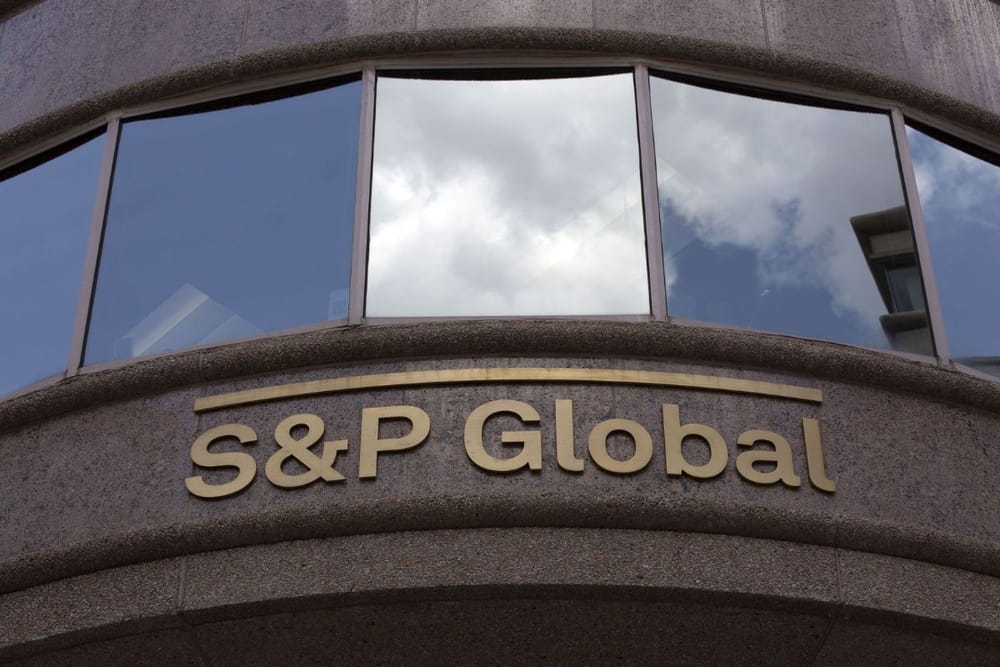Banks in the UAE are benefiting from a robust domestic economy, with improved asset quality metrics and lower credit losses, according to a report by S&P Global Ratings. The American credit agency expects these positive trends to persist through 2025.
S&P anticipates steady economic growth in the UAE, supported by rising hydrocarbon production and thriving non-hydrocarbon activity. The report highlights that business-friendly regulations, a low corporate tax regime, simplified visa processes, and the success of long-term residency visas will drive population growth and foster new businesses. Despite potential risks from geopolitical tensions and oil price volatility, the agency believes economic risks remain manageable due to the UAE's resilience during past challenges.
While the banking sector’s robust earnings may see a slight dip in 2025 after two strong years, lending growth is expected to remain strong. Lower interest rates and a supportive economic environment will continue to drive momentum. S&P noted that UAE banks have witnessed a significant increase in deposits over the last three years, which will underpin this growth.
Asset quality is also improving, with non-performing loans (NPLs) and credit losses remaining low. Stage 3 loans for the top 10 banks, which represent 85% of the system, dropped to 4% of gross loans by September 2024, down from 6.1% in 2021. High profitability has allowed banks to provision for legacy loans and write-offs, while recoveries of written-off loans have further reduced net credit losses.
Though declining interest rates may narrow profit margins, S&P expects UAE banks to maintain high profitability and strong capital buffers, supported by resilient funding profiles and government backing. The report also forecasts continued improvement in asset quality indicators, fueled by the solid performance of the non-oil economy and anticipated rate cuts.
News Source: Emirates News Agency









